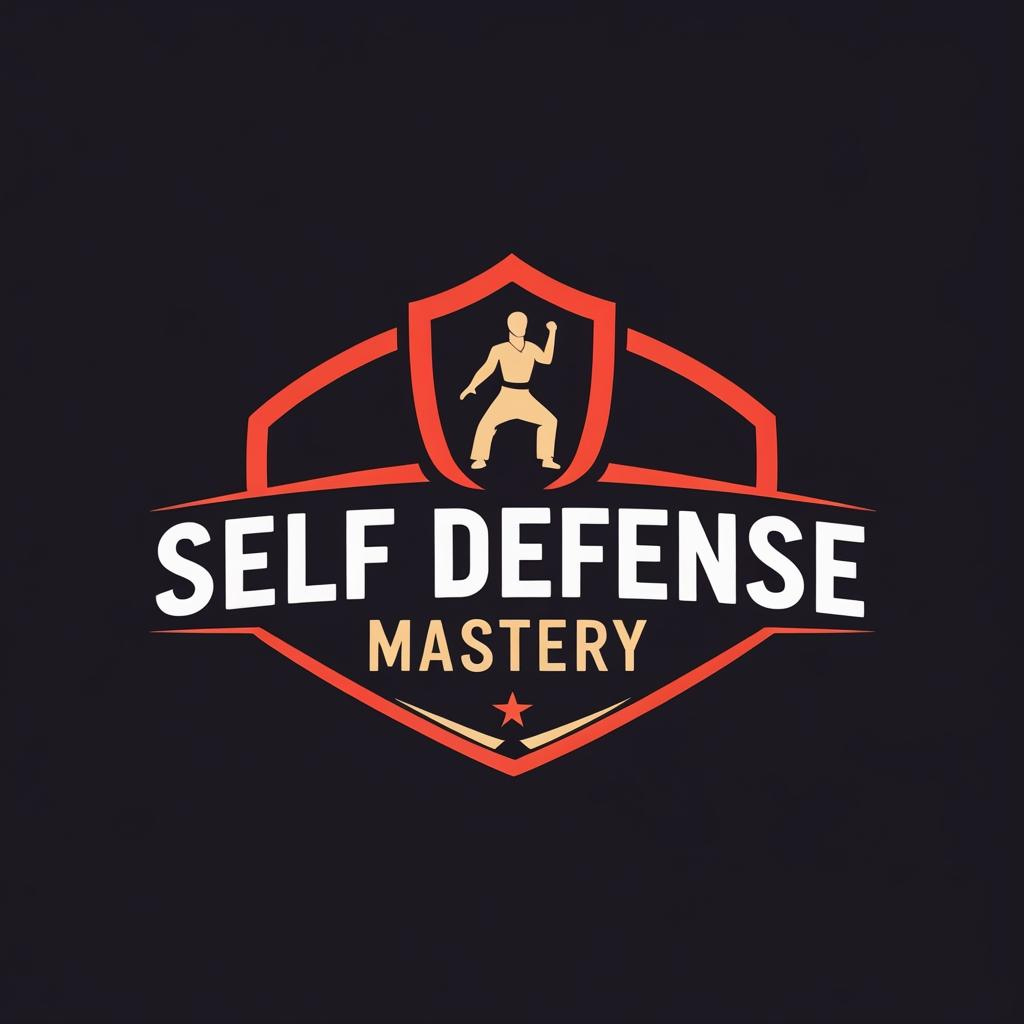Proportional Response in Self-Defense and Force Multipliers
Self-defense is about protecting yourself while staying within the bounds of the law and ethical behavior. One of the key principles is proportional response, using an appropriate level of force to match the threat. When combined with tools known as force multipliers, this strategy becomes even more effective, allowing you to defend yourself efficiently without overstepping legal or moral boundaries.

Photo by Anete Lusina
What Is Proportional Response in Self-Defense?
Proportional response means using only the amount of force necessary to neutralize a threat. It is a principle that keeps your actions in line with legal and ethical considerations, ensuring that your response is neither excessive nor inadequate.
For example, imagine someone grabs your arm aggressively in a crowded space. A proportional response might involve pulling away, creating distance, and using verbal commands to de-escalate. Unless the threat escalates, a weapon in this situation would likely be deemed excessive and could land you in legal trouble.
The Legal Implications of Proportional Response
Self-defense laws are built around the idea of proportionality. They allow you to protect yourself only if your force is reasonable. You could face legal consequences if your response goes beyond what’s necessary to stop the threat.
For instance, if someone slaps you, responding with a severe physical attack might be seen as disproportionate. The law expects you to act with restraint, escalating only if the threat escalates. Understanding these boundaries can protect you from unnecessary legal risks.
For more insight into legal self-defense principles, check out Reasonable Fear Of Harm: Understanding When To Take Action.
Ethical Considerations: When to Escalate
Beyond legal concerns, ethics play a crucial role in self-defense. Escalation is sometimes necessary, but it should always be the last resort. For example, if someone threatens your life or the safety of others, escalating your response may be justified. Still, unnecessary harm should be avoided whenever possible.
By adhering to ethical principles, you ensure that your actions align with societal expectations while maintaining your own sense of integrity.
Understanding Force Multipliers
Force multipliers are tools or techniques that enhance your ability to defend yourself. They provide an advantage in situations where physical strength alone may not suffice. However, their use should always remain proportional to the threat.
Affiliate Disclosure
At Self Defense Mastery, some links on this website may be affiliate links. This means that if you click on a link and make a purchase, we may earn a small commission at no additional cost to you. These commissions help us keep the content, guides, and resources on this site free for our readers.
Common Types of Force Multipliers
Some popular force multipliers include:
- Pepper Spray: Effective for deterring attackers and creating time to escape.
- Tactical Flashlights: Can temporarily blind an assailant, giving you a moment to react.
- Personal Alarms: These loud devices can draw attention and potentially scare away threats.
Each tool has its strengths and limitations. Pepper spray, for instance, is highly effective but requires proper aim and may not work in windy conditions. A tactical flashlight needs to be readily accessible to be useful. Understanding these nuances is key to selecting the right tool for your needs.
 Photo by Tima Miroshnichenko
Photo by Tima Miroshnichenko
Integrating Force Multipliers Responsibly
To use force multipliers effectively, you need proper training and awareness. Here are some tips:
- Learn how to use your tools: Practice regularly with items like pepper spray or a tactical flashlight.
- Carry tools legally: Ensure the tools you carry are permitted in your area to avoid legal complications.
- Keep accessibility in mind: Your tools are only helpful if you can access them quickly.
Remember, force multipliers are there to enhance your safety, not to escalate conflicts unnecessarily.
Proportional Response and Real-World Scenarios
Understanding proportional response and force multipliers is one thing; applying them in real-world situations is another. Let’s look at some examples to clarify how they work together.
Learning from Successful Self-Defense Stories
A woman walking home late at night noticed someone following her. She took out her personal alarm and let out a loud, piercing sound, which caused the potential attacker to flee. This is a great example of using a force multiplier without escalating the situation unnecessarily.
Success stories like this highlight the importance of staying alert and using tools to neutralize threats effectively yet proportionally.
Mistakes to Avoid in Escalated Encounters
Common errors in self-defense include overreacting or misjudging the threat. For example, using a weapon against someone who posed no significant danger can escalate a situation unnecessarily or result in legal consequences.
To avoid these mistakes:
- Assess the threat carefully: Take a moment to evaluate the situation before taking action.
- Stay calm: Panic can lead to poor decisions. Focus on de-escalating whenever possible.
- Know your tools: Misusing a force multiplier can backfire, putting you in even greater danger.
Conclusion
Proportional response is a cornerstone of effective self-defense. It ensures that your actions remain within legal and ethical boundaries while protecting you from harm. Force multipliers, when used responsibly, can enhance your ability to defend yourself, but they must always align with the level of threat you’re facing.
Staying educated, practicing regularly, and prioritizing your safety above all else are essential steps in mastering self-defense. For more tips on staying safe and prepared, explore the Self-Defense Disclaimer page.
By combining proportional response with the right tools, you can confidently navigate even the most challenging situations while upholding responsibility and integrity.





![What Happens If You’re Arrested For Self-Defense? [2025 Update] What Happens If You’re Arrested for Self-Defense?](https://selfdefensemastery.com/wp-content/uploads/2025/04/what-happens-if-you-re-arrested-for-self-defense-.jpg)